Police investigations have revealed that Indrani has two daughters, Sheena and Vidhie. "We have proven that Indrani is the biological mother of the deceased female, whose bones were recovered. It can be assumed that they are of Sheena's," police sources told.
In a major boost to police investigations, the dioxyribonucleic acid (DNA) tests run on bone samples, which the Mumbai police had exhumed from Raigad, have matched with the DNA of Indrani Mukerjea, the Forensic Science Laboratory (FSL) in Kalina claimed on Monday. The tests also proved that the samples were those of a female.
Police investigations have revealed that Indrani has two daughters, Sheena and Vidhie. "We have proven that Indrani is the biological mother of the deceased female, whose bones were recovered. It can be assumed that they are of Sheena's," police sources told.
"DNA fingerprinting is a foolproof evidence and fully admissible in a court of law. That Indrani is the biological mother of the deceased, whose bone samples were tested, will help the police make a watertight case against the accused," said an FSL official.
Two weeks back, the Mumbai police had dug up the alleged crime site near the forest area of Gagode Khurd village in Pen tehsil of Raigad district. They recovered a set of skeletal remains – a skull, pelvis, teeth and limb bones – and sent it to FSL for DNA tests. Blood samples of Indrani, Sheena's brother Mikhail and driver Shyamvar Rai were also submitted.
Of the skeletal remains, two molar teeth and femur (thigh bone) was considered for DNA extraction. "We managed to obtain good quality DNA samples from the femur. Also, the tooth pulp did not yield DNA," said a senior FSL official.
Up to seven scientists worked through the week and over the weekends for close to nine hours every day since August 27 to fast-track the DNA tests. "It was challenging to extract DNA from the bones, as the remains were close to three years old," said another FSL official.
The femur bone was crushed and chemically treated to remove the calcium component. "Calcium inhibits the DNA testing process and hence has to be removed. Nuclear DNA was extracted separately from the bone cells and from blood cells of Indrani Mukerjea.
Inside the nucleus of cells are thread-like structures called chromosomes (46 in each cell – 23 inherited from father and 23 from mother). The genetic material in chromosomes is called DNA. DNA profiles of the bones and blood were obtained by subjecting them to Polymerase Chain Reaction (PCR) tests and genetic analysis.
Fifteen universally specified DNA markers on the bone of the unknown sample and the blood sample of Indrani matched. "These markers are highly individualised. One person in tens of a trillion carry that marker. DNA markers of the child exactly match with that of the mother and the father. If the DNA markers of bone, when compared with Indrani, thus matched, we could definitiely prove maternity. The sixteenth marker is Amelogenin, which determines the sex of the sample," said the FSL official.
Blood of Indrani's first husband Siddhartha Das has yet not reached FSL. "We have not conducted paternity tests yet," said officials.
The DNA of Mikhail Bora was mapped and compared with Indrani's profile. "We have conclusively proved that Indrani is the biological mother of Mikhail," the official said.
The FSL in Mumbai receives up to 175 cases of DNA fingerprinting every month, which help solve cases of mutilated remains, murder, rape cases, paternity and maternity disputes and wildlife identification.
Four Steps for DNA testing -
FIRST DAY: Part of Femur (thigh bone) of the skeletal remains was crushed. Bone cells were separated by chemically treating them to remove calcium. Calcium interferes with DNA testing (takes 24 hours)
SECOND DAY: Nuclear DNA was extracted separately from bone and blood cells of Indrani Mukerjea (takes 24 hours)
THIRD DAY: DNA profiles of bones and blood were obtained by subjecting them separately to Polymerase Chain Reaction (PCR) and Genetic Analyser machines
FOURTH DAY: Fifteen DNA markers (combination of chemicals) for the bone and blood samples were compared.
These markers are highly individualised.
![submenu-img]() Mukesh Ambani’s daughter Isha Ambani’s firm launches new brand, Reliance’s Rs 8200000000000 company to…
Mukesh Ambani’s daughter Isha Ambani’s firm launches new brand, Reliance’s Rs 8200000000000 company to…![submenu-img]() Sonali Bendre says producers called her 'too thin', tried to ‘fatten her up' during the 90s: ‘They'd just tell me...'
Sonali Bendre says producers called her 'too thin', tried to ‘fatten her up' during the 90s: ‘They'd just tell me...'![submenu-img]() Heavy rains in UAE again: Dubai flights cancelled, schools and offices shut
Heavy rains in UAE again: Dubai flights cancelled, schools and offices shut![submenu-img]() When 3 Bollywood films with same story released together, two even had same hero, all were hits, one launched star kid
When 3 Bollywood films with same story released together, two even had same hero, all were hits, one launched star kid![submenu-img]() Gautam Adani’s firm gets Rs 33350000000 from five banks, to use money for…
Gautam Adani’s firm gets Rs 33350000000 from five banks, to use money for…![submenu-img]() DNA Verified: Is CAA an anti-Muslim law? Centre terms news report as 'misleading'
DNA Verified: Is CAA an anti-Muslim law? Centre terms news report as 'misleading'![submenu-img]() DNA Verified: Lok Sabha Elections 2024 to be held on April 19? Know truth behind viral message
DNA Verified: Lok Sabha Elections 2024 to be held on April 19? Know truth behind viral message![submenu-img]() DNA Verified: Modi govt giving students free laptops under 'One Student One Laptop' scheme? Know truth here
DNA Verified: Modi govt giving students free laptops under 'One Student One Laptop' scheme? Know truth here![submenu-img]() DNA Verified: Shah Rukh Khan denies reports of his role in release of India's naval officers from Qatar
DNA Verified: Shah Rukh Khan denies reports of his role in release of India's naval officers from Qatar![submenu-img]() DNA Verified: Is govt providing Rs 1.6 lakh benefit to girls under PM Ladli Laxmi Yojana? Know truth
DNA Verified: Is govt providing Rs 1.6 lakh benefit to girls under PM Ladli Laxmi Yojana? Know truth![submenu-img]() Remember Ayesha Kapur? Michelle from Black, here's how actress, nutrition coach, entrepreneur looks after 19 years
Remember Ayesha Kapur? Michelle from Black, here's how actress, nutrition coach, entrepreneur looks after 19 years![submenu-img]() Remember Heyy Babyy's cute 'Angel' Juanna Sanghvi? 20 year-old looks unrecognisable now, fans say 'her comeback will...'
Remember Heyy Babyy's cute 'Angel' Juanna Sanghvi? 20 year-old looks unrecognisable now, fans say 'her comeback will...'![submenu-img]() In pics: Arti Singh stuns in red lehenga as she ties the knot with beau Dipak Chauhan in dreamy wedding
In pics: Arti Singh stuns in red lehenga as she ties the knot with beau Dipak Chauhan in dreamy wedding![submenu-img]() Actors who died due to cosmetic surgeries
Actors who died due to cosmetic surgeries![submenu-img]() See inside pics: Malayalam star Aparna Das' dreamy wedding with Manjummel Boys actor Deepak Parambol
See inside pics: Malayalam star Aparna Das' dreamy wedding with Manjummel Boys actor Deepak Parambol ![submenu-img]() DNA Explainer: Why Harvey Weinstein's rape conviction was overturned, will beleaguered Hollywood mogul get out of jail?
DNA Explainer: Why Harvey Weinstein's rape conviction was overturned, will beleaguered Hollywood mogul get out of jail?![submenu-img]() What is inheritance tax?
What is inheritance tax?![submenu-img]() DNA Explainer: What is cloud seeding which is blamed for wreaking havoc in Dubai?
DNA Explainer: What is cloud seeding which is blamed for wreaking havoc in Dubai?![submenu-img]() DNA Explainer: What is Israel's Arrow-3 defence system used to intercept Iran's missile attack?
DNA Explainer: What is Israel's Arrow-3 defence system used to intercept Iran's missile attack?![submenu-img]() DNA Explainer: How Iranian projectiles failed to breach iron-clad Israeli air defence
DNA Explainer: How Iranian projectiles failed to breach iron-clad Israeli air defence![submenu-img]() Sonali Bendre says producers called her 'too thin', tried to ‘fatten her up' during the 90s: ‘They'd just tell me...'
Sonali Bendre says producers called her 'too thin', tried to ‘fatten her up' during the 90s: ‘They'd just tell me...'![submenu-img]() When 3 Bollywood films with same story released together, two even had same hero, all were hits, one launched star kid
When 3 Bollywood films with same story released together, two even had same hero, all were hits, one launched star kid![submenu-img]() Salman Khan house firing case: Family of deceased accused claims police 'murdered' him, says ‘He was not the kind…’
Salman Khan house firing case: Family of deceased accused claims police 'murdered' him, says ‘He was not the kind…’![submenu-img]() Meet actor banned by entire Bollywood, was sent to jail for years, fought cancer, earned Rs 3000 crore on comeback
Meet actor banned by entire Bollywood, was sent to jail for years, fought cancer, earned Rs 3000 crore on comeback ![submenu-img]() Karan Johar wants to ‘disinherit’ son Yash after his ‘you don’t deserve anything’ remark: ‘Roohi will…’
Karan Johar wants to ‘disinherit’ son Yash after his ‘you don’t deserve anything’ remark: ‘Roohi will…’![submenu-img]() IPL 2024: Bhuvneshwar Kumar's last ball wicket power SRH to 1-run win against RR
IPL 2024: Bhuvneshwar Kumar's last ball wicket power SRH to 1-run win against RR![submenu-img]() BCCI reacts to Rinku Singh’s exclusion from India T20 World Cup 2024 squad, says ‘he has done…’
BCCI reacts to Rinku Singh’s exclusion from India T20 World Cup 2024 squad, says ‘he has done…’![submenu-img]() MI vs KKR, IPL 2024: Predicted playing XI, live streaming details, weather and pitch report
MI vs KKR, IPL 2024: Predicted playing XI, live streaming details, weather and pitch report![submenu-img]() IPL 2024: How can RCB and MI still qualify for playoffs?
IPL 2024: How can RCB and MI still qualify for playoffs?![submenu-img]() MI vs KKR IPL 2024 Dream11 prediction: Fantasy cricket tips for Mumbai Indians vs Kolkata Knight Riders
MI vs KKR IPL 2024 Dream11 prediction: Fantasy cricket tips for Mumbai Indians vs Kolkata Knight Riders ![submenu-img]() '25 virgin girls' are part of Kim Jong un's 'pleasure squad', some for sex, some for dancing, some for...
'25 virgin girls' are part of Kim Jong un's 'pleasure squad', some for sex, some for dancing, some for...![submenu-img]() Man dances with horse carrying groom in viral video, internet loves it
Man dances with horse carrying groom in viral video, internet loves it ![submenu-img]() Viral video: 78-year-old man's heartwarming surprise for wife sparks tears of joy
Viral video: 78-year-old man's heartwarming surprise for wife sparks tears of joy![submenu-img]() Man offers water to thirsty camel in scorching desert, viral video wins hearts
Man offers water to thirsty camel in scorching desert, viral video wins hearts![submenu-img]() Pakistani groom gifts framed picture of former PM Imran Khan to bride, her reaction is now a viral video
Pakistani groom gifts framed picture of former PM Imran Khan to bride, her reaction is now a viral video

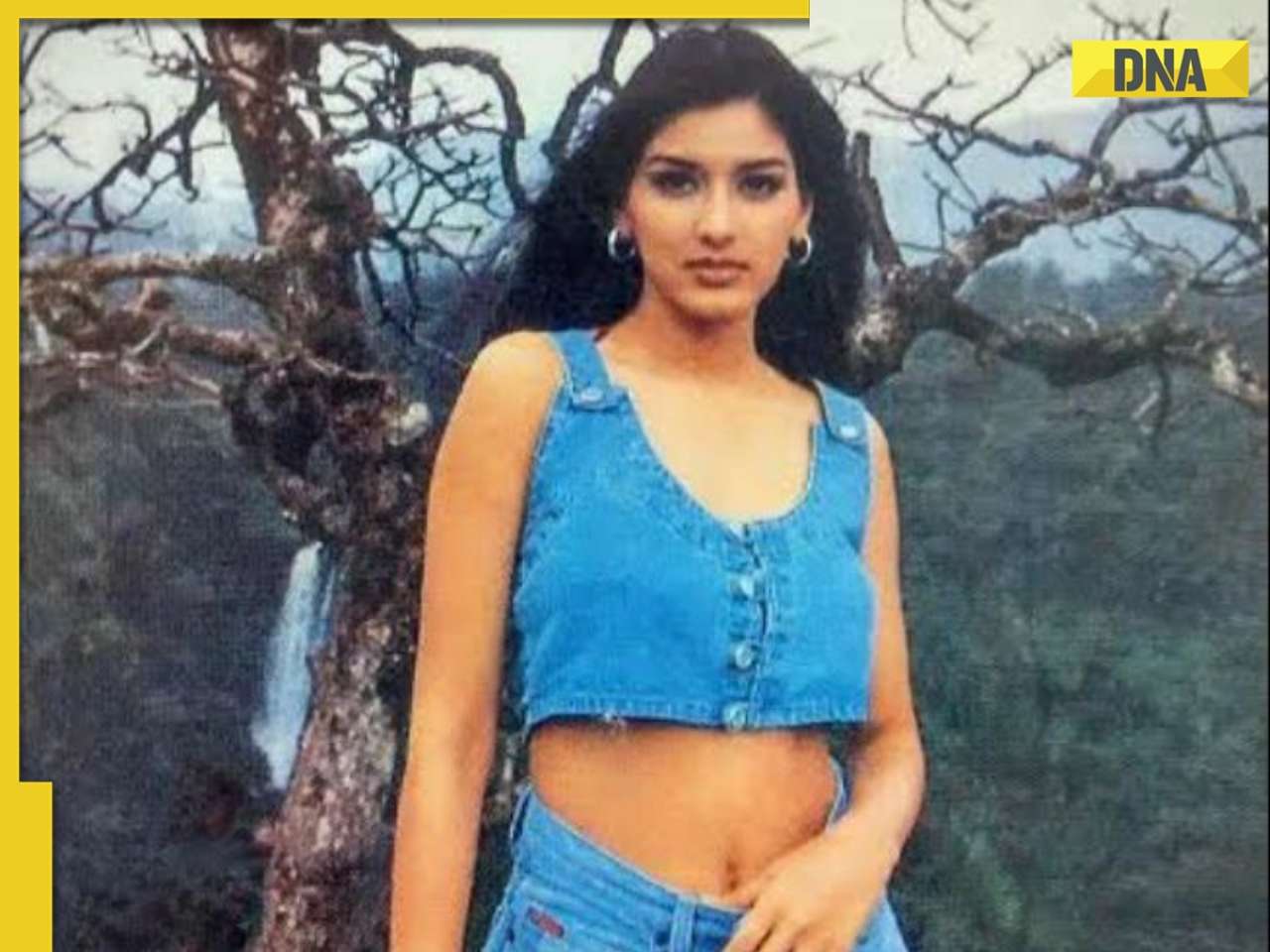


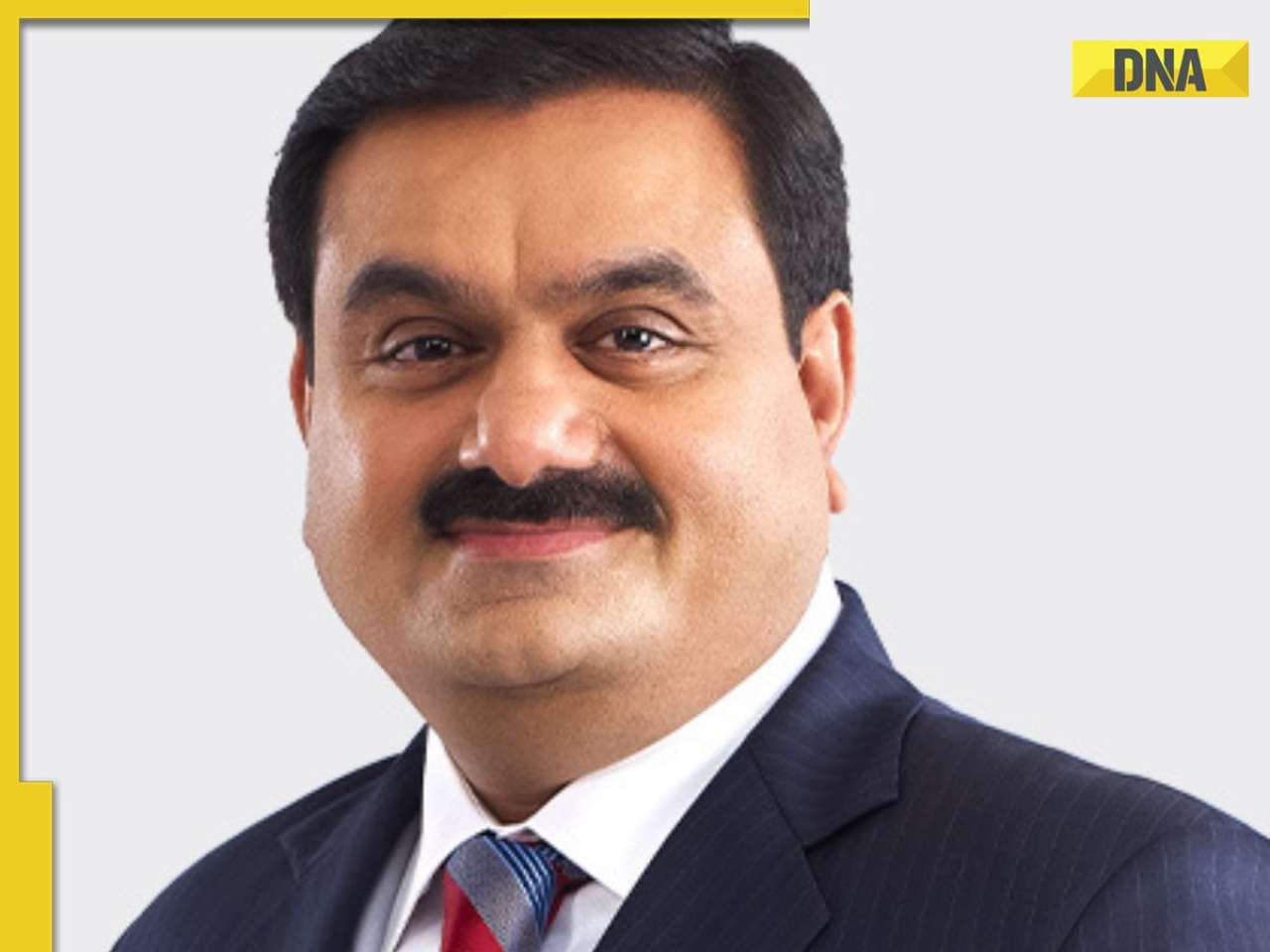




















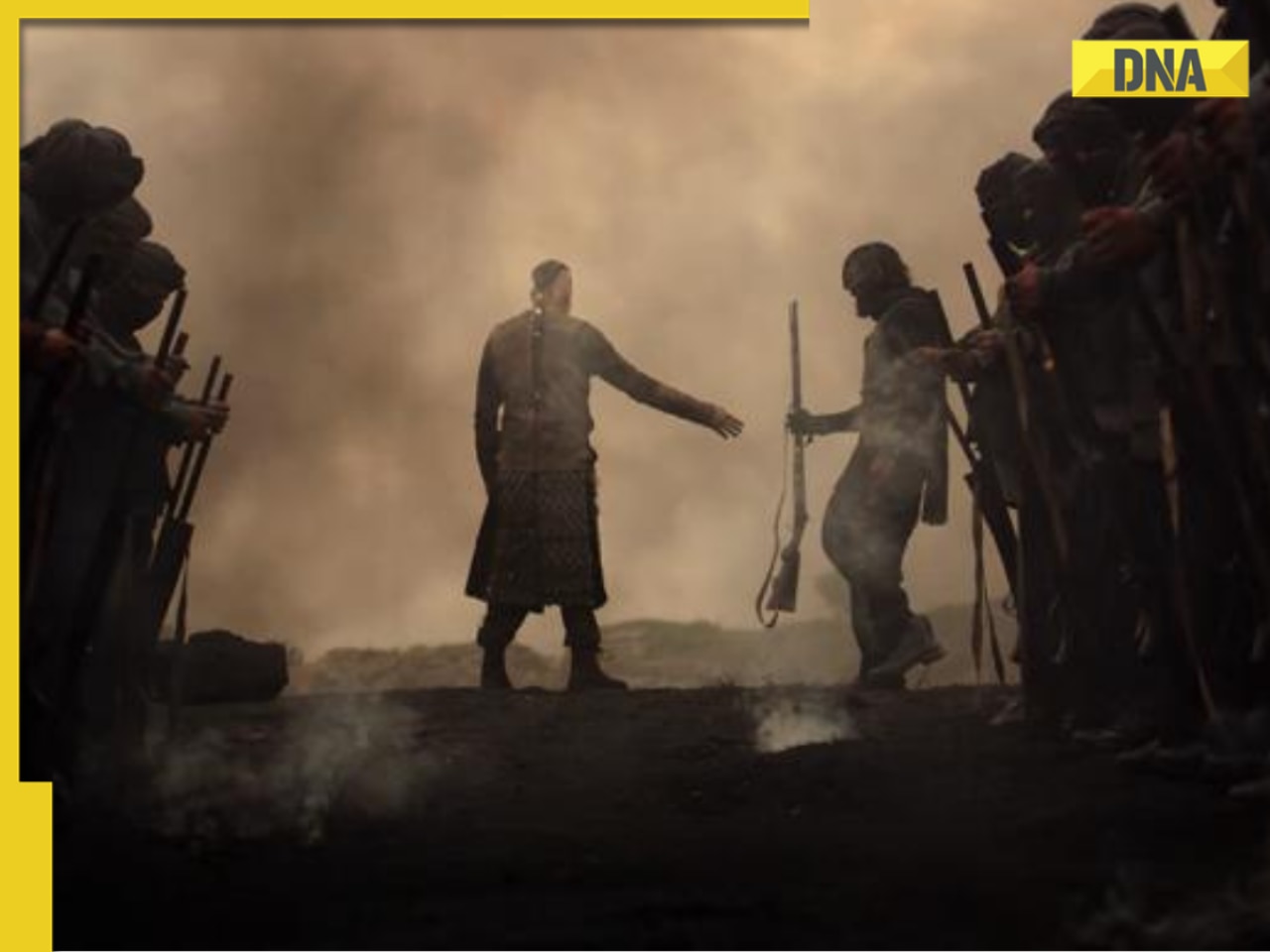
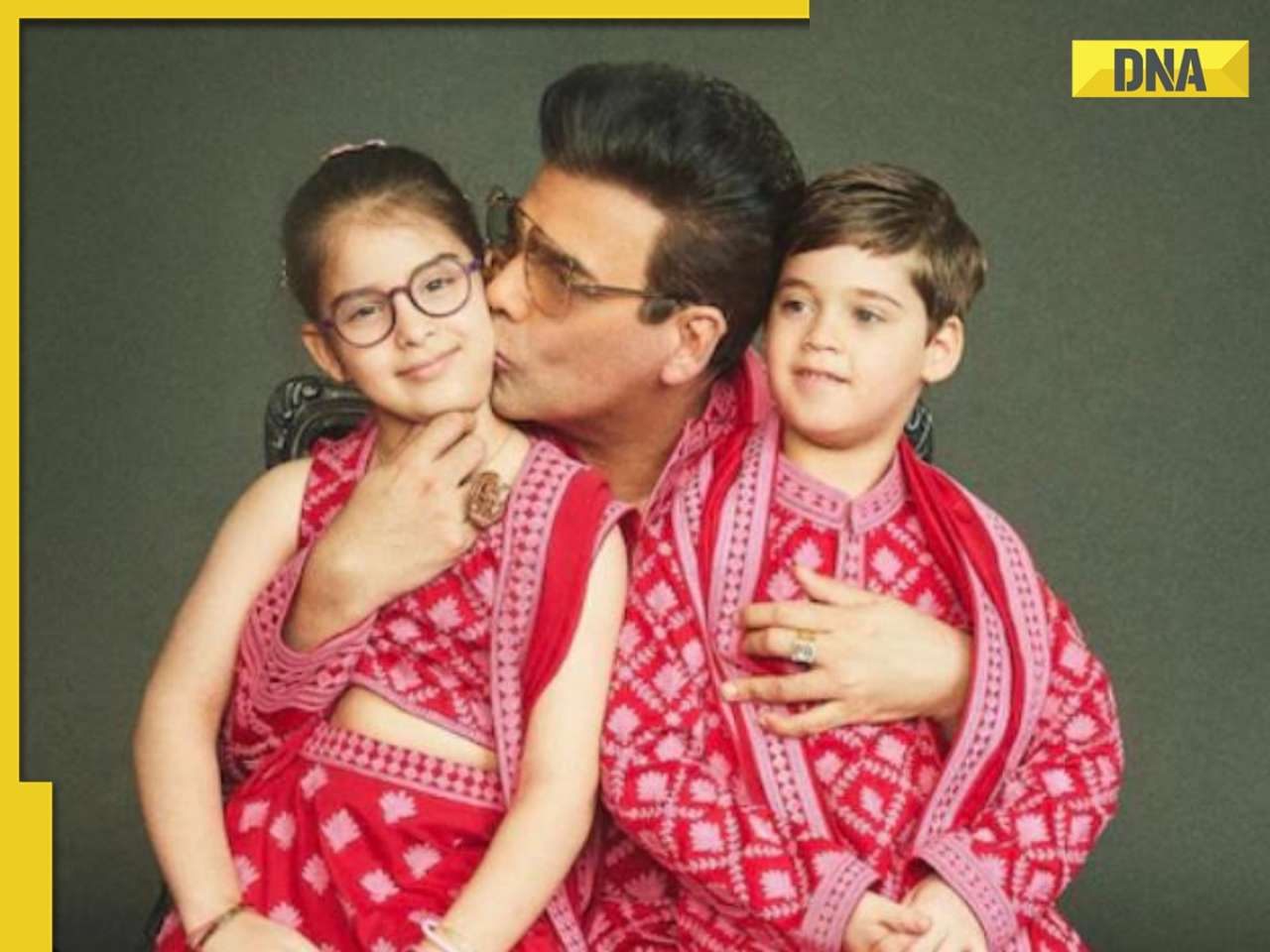
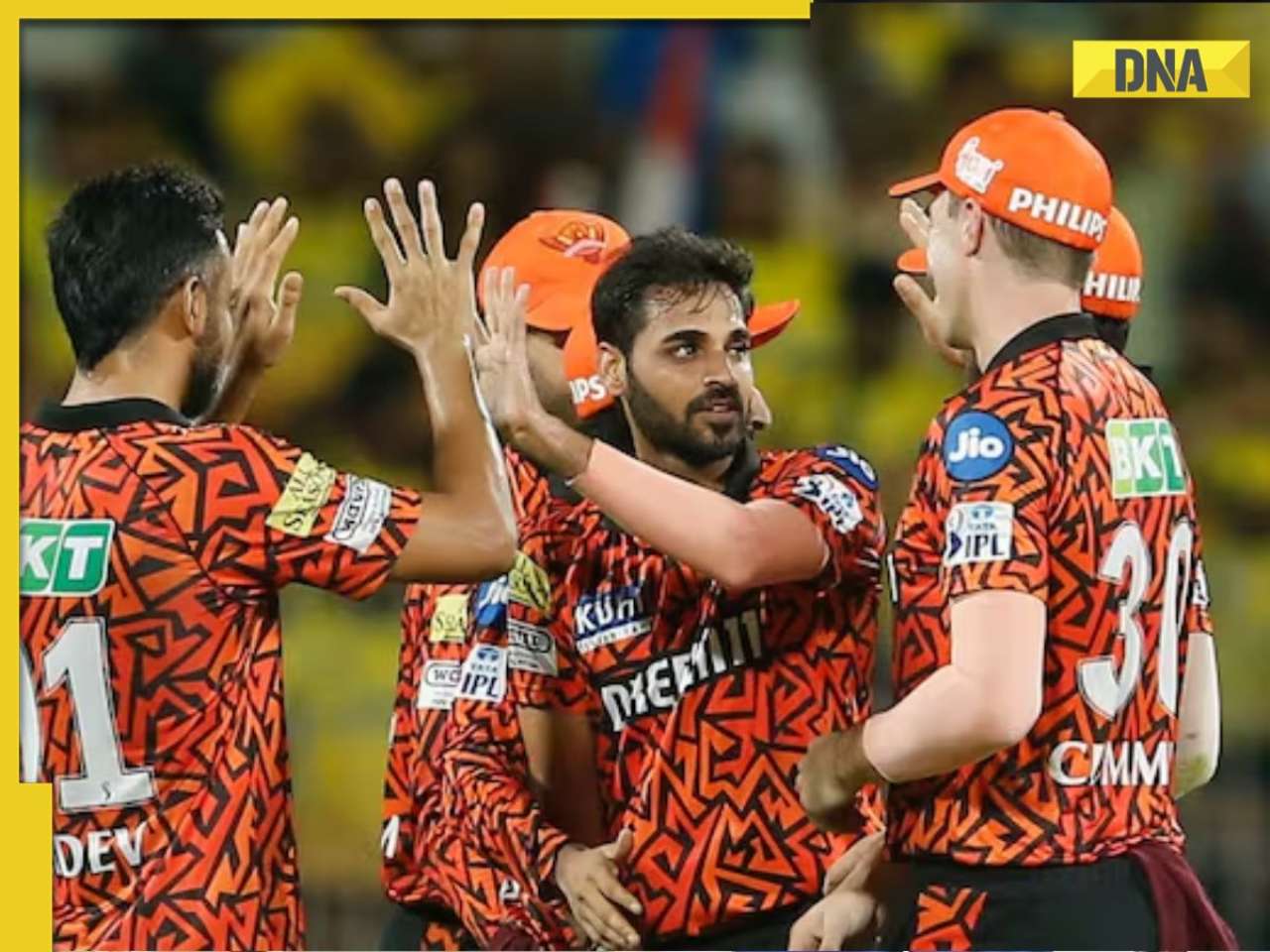




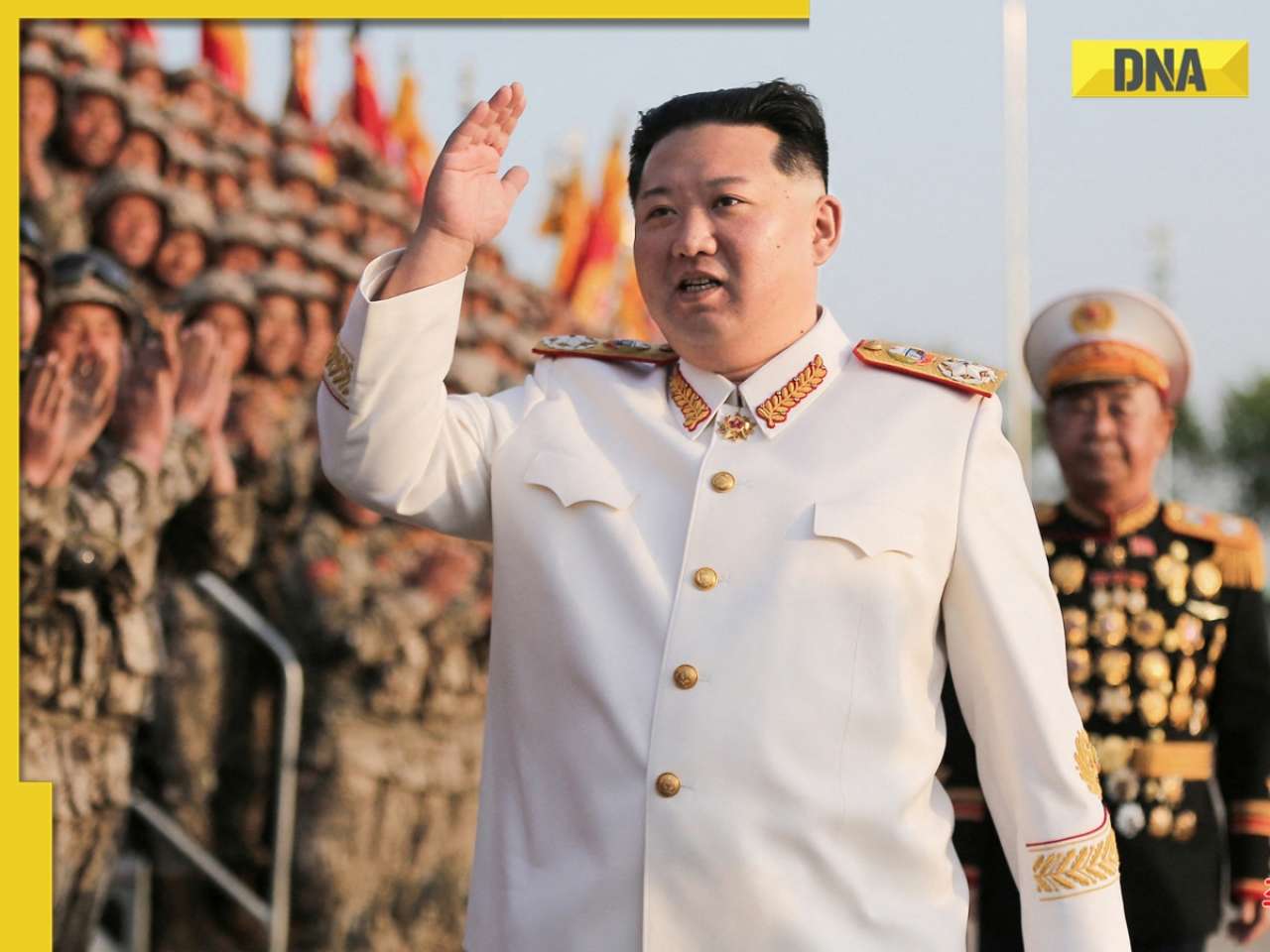

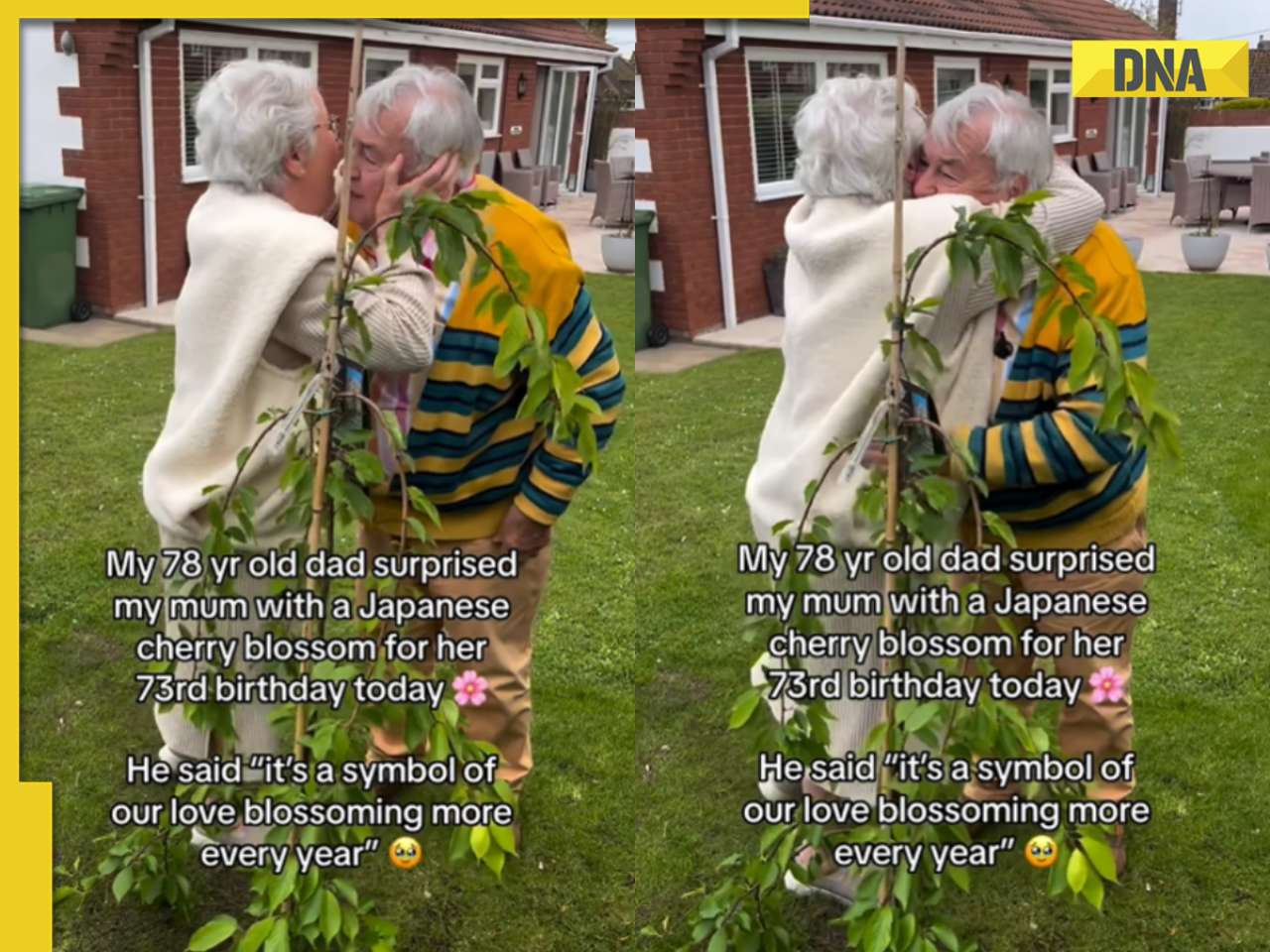
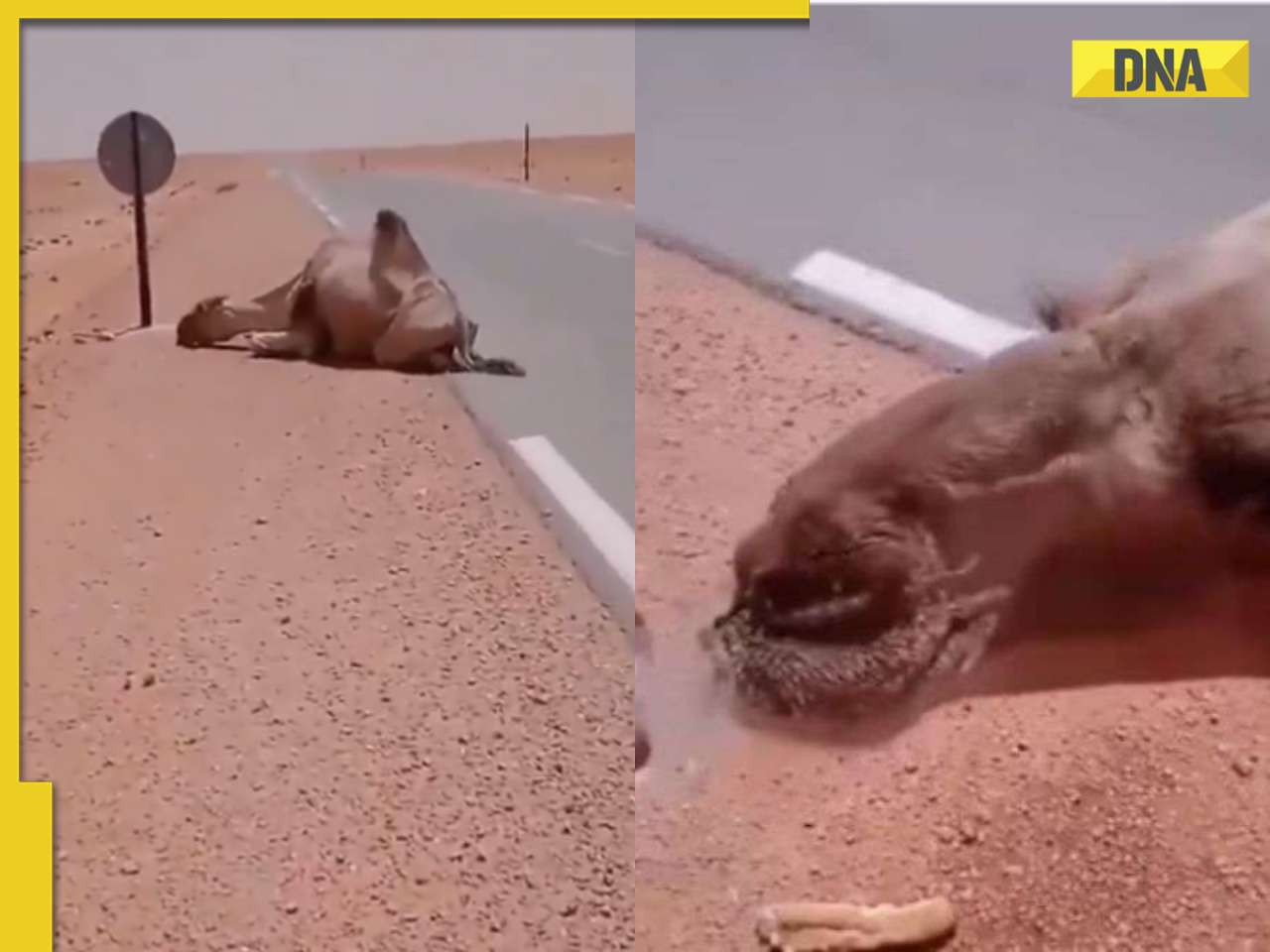


)









)
)
)
)
)
)